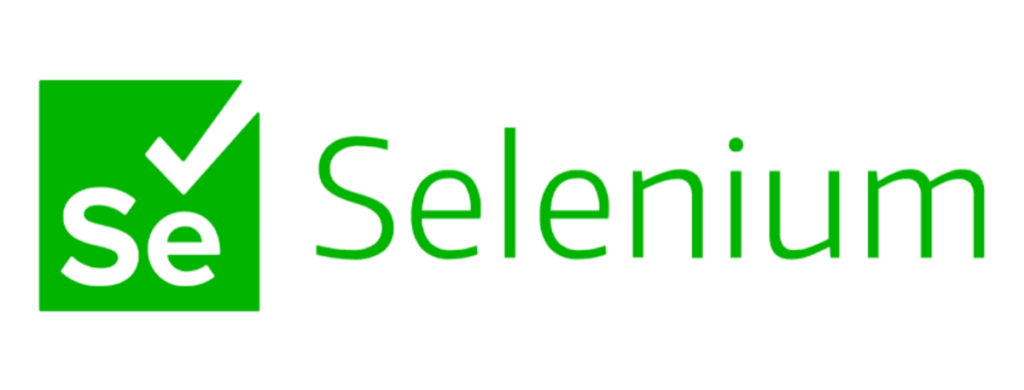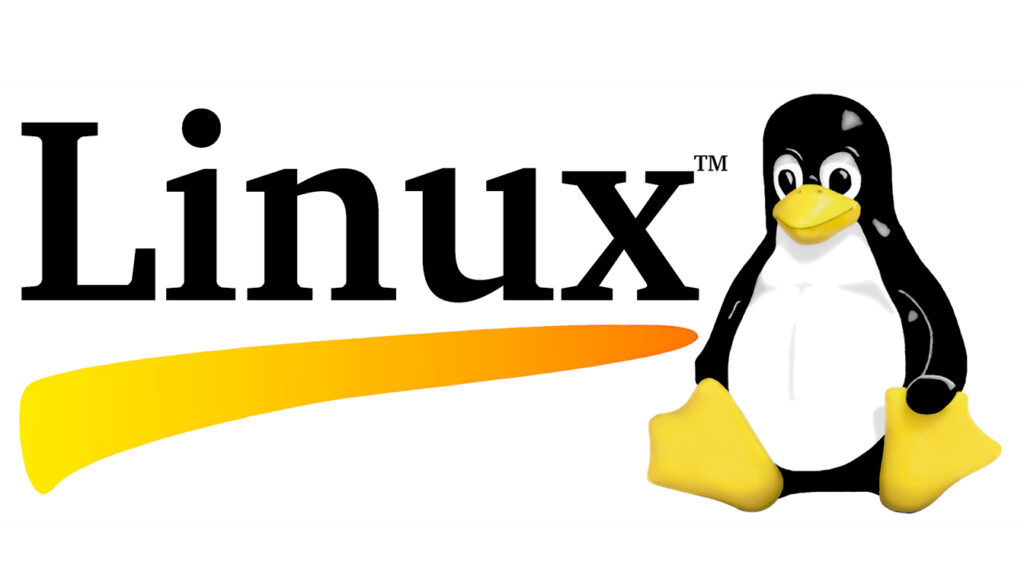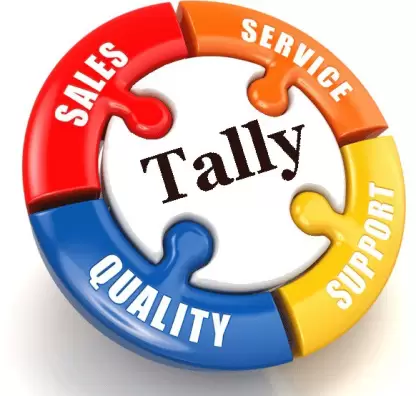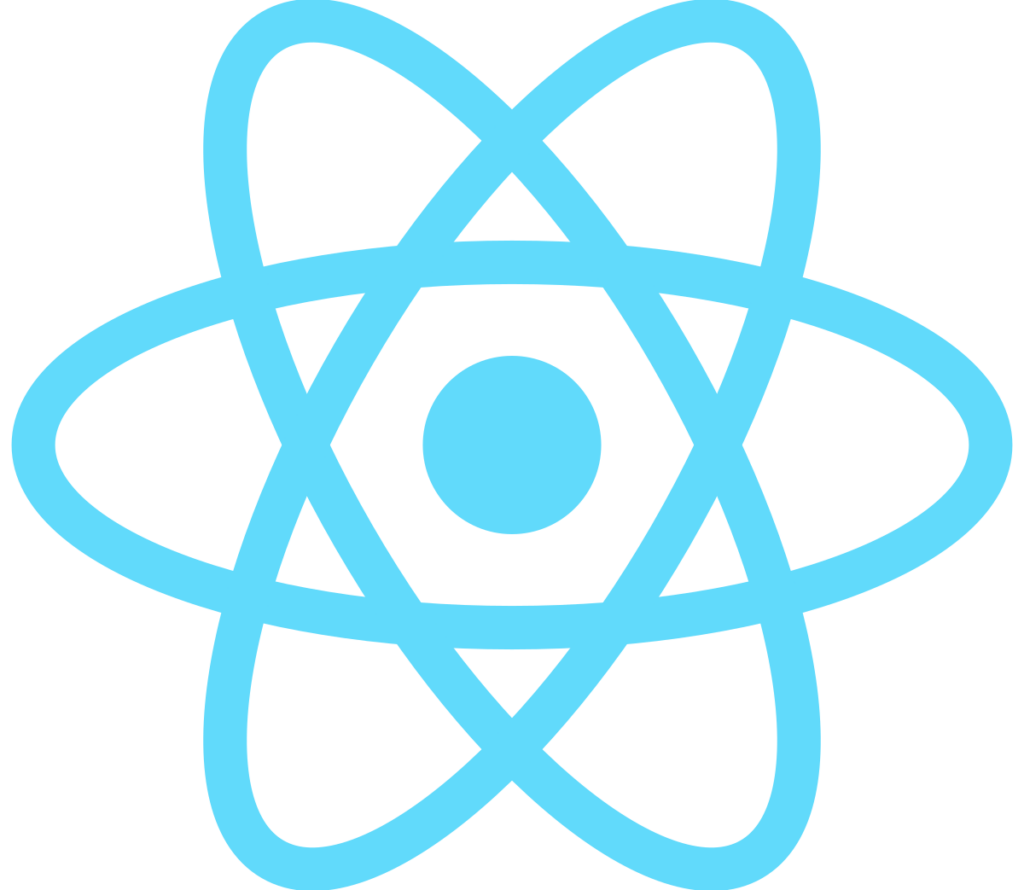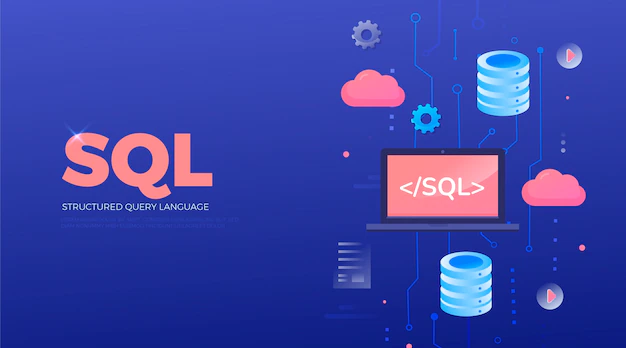
Course Details
- Category
- Dot net Training
- Mode of Training
- Online/Offline
- Duration
- 3 months
- Fees
- ₹ 25K
Course Features
Instructor led Sessions
Real-life Case Studies
Assignment
Certification
Instructor led Sessions
SQL Server Training
Oranium Tech introducing some amazing content on SQL Server. Microsoft SQL Server is a relational database management system developed by Microsoft. As a database server, it is a software product with the primary function of storing and retrieving data as requested by other software applications—which may run either on the same computer or on another computer across a network (including the Internet). Microsoft markets at least a dozen different editions of Microsoft SQL Server, aimed at different audiences and for workloads ranging from small single-machine applications to large Internet-facing applications with many concurrent users.
Course Syllabus
In this module, we learn about Basic concepts and advantages of DBMS and limitations of the file management system, and also about 3 database models
- What are Data, Fields, Records, and databases?
- Limitations of File Management System.
- Basic Concepts of Advantages of DBMS
- Exploring Relational DBMS
- Understanding Client and Server
In this module, we learn about SQL Servers, the history of SQL servers, types of system databases, communication between frontend and backend, and SQL server edition.
- What is SQL Server Version history and different editions
- Basic Features Components and Tools
- Starting and Stopping SQL Server Instances / Services
- Introduction to Management Studio
- Types of System Databases in SQL
- How to connect Microsoft SQL server management studio to visual studio
- Connection strings
- How to Open and close a connection
In this module, we learn about what is normalization ion, types of normalization, data before and
after normalization, the benefits of normalization
- First Normal Form
- Second Normal Form
- Third Normal Form Practically Normalizing Tables
In this module we learn about entities, attributes, and relationship , identify the entities and
attributes How to draw an E-R diagram and translate the E-R diagram in relation schema.
- Analyzing the Requirement
- Identify Entities and their Relationships
- Drawing E-R Diagram
- Conversion of E.R. Diagrams into Tables
In this module, we learn about types of SQL statements,databases in SQL server,how to create
database, datatypes in SQL server, and DDL Statements.
- Basics of SQL Types of SQL Statements
- DDL, DML, DQL, DCL, and TCL
- Create a Database using Management Studio
- Datatypes in SQL Server
- Exploring DDL Statements on Table using Management Studio
In this module, we learn about the select statements, top, distinct string, and arithmetic
expressions, Sorting the data and about sub queries and where clause (condition).
- Understanding Select Statement
- Usage of Top, Distinct, Null etc…keywords
- Using String and Arithmetic Expressions
- Exploring Where Clause with Operators
- Using Advanced Operators
- Sorting data using Order By clause
- Working with basic Sub Queries
In this module, we learn about how to use aggregate functions like sum, mean, max, and avg what
is the difference between having and where clauses, group by clause rollup, and the cube operator.
- Using functions in Queries
- Count, Sum, Min, Max, Avg Group By and Having Clause
- Using Group By with Rollup and Cube
In this module, we will know about joins and types of joins how to join the tables, and about Subqueries, types of operators like union, intersect and except, and how to add the tables and relationship between them.
- Introduction to Joins Cross Joins
- Inner Join
- Outer Join
- Self Join
- Co-related Sub Queries
- Set Operations using Unions, Intersect, and Except
In this module, we will learn about how to create a constraint, the types of constraints, and
difference between unique, not null, and primary key constraints.
- Unique
- Not NULL
- Primary Key
- Default Check Foreign Key
In this module, how to create a view, the advantages of views, altering and dropping a view And advanced options while creating a view
- Introduction & Advantages of Views
- Creating, Altering, and Dropping Views
- Advance Options while Creating a View
- SQL Server Catalogue Views
In this module, how to create an index, the advantages and disadvantages of the index, and types of index and dropping index, and also about index structure.
- Introduction Clustered and Non-Clustered Index
- Creating and Dropping Indexes
- In this module, what is a script and what is batch, variables, and if else statements and working with temporary tables, and checking with the existence of database objects?
- What is T-SQL?
- Scripts and Batches Declaring Variables
- Using Statements
- Working with Temp tables
- Error Handling
- Using System Functions / Global Variables Using Dynamic SQL
In this module, we will learn how to create a stored procedure and the difference between a stored procedure and a table, the advantages of procedures, and about types of parameters.
- Introduction to stored procedures
- Benefits of Stored Procedures
- Creating, Executing Modifying, Dropping
- Input–Output and Optional Parameters
- The system defined SPs and Functions.
- User-defined Functions
In this module, we will learn about what is a trigger and how to create a trigger, types of triggers How to use a rollback tran
- Introduction to triggers
- Constraints vs Triggers
- Creating, Altering, and Dropping triggers
- for/after/instead of triggers
- Using Rollback Tran
In this module, how to create a cursor, what is a cursor, types of cursor, and benefits of the cursor
- Creating Cursors
- Cursors vs. Select
- Types of cursors
- Locks on cursors
- Advantages of cursors
- In this module, we will learn what is a transaction, transaction management, and what are acid
properties, what are isolation levels, and implicit and explicit transactions - Introduction Transactions process
- Types of transactions (Implicit, explicit)
- Working with Locks, Types of locks
In this module, how to back up a database and how restore a database, how generate a SQL script, and executing a SQL script, and how attach and detach a database.
- Generating SQL Script
Executing SQL Script - Generating Change Script
- Taking database Backup
- Restoring database using backup
- Attaching and Detaching of database
- In this module, we will learn about ranking functions and about how to use XML datatype.
- Pivot Table
- Common Table Expression
- Ranking Functions Using BLOB data type
- Using XML data type


